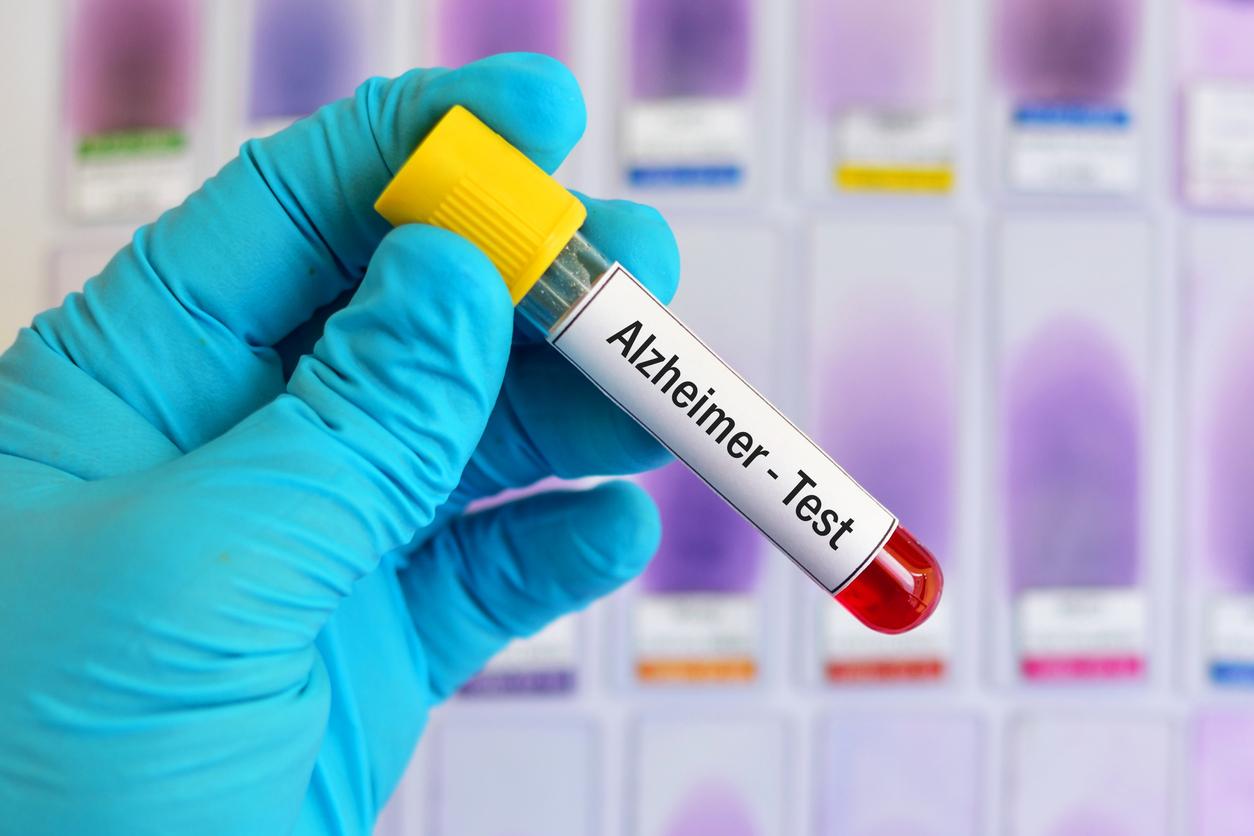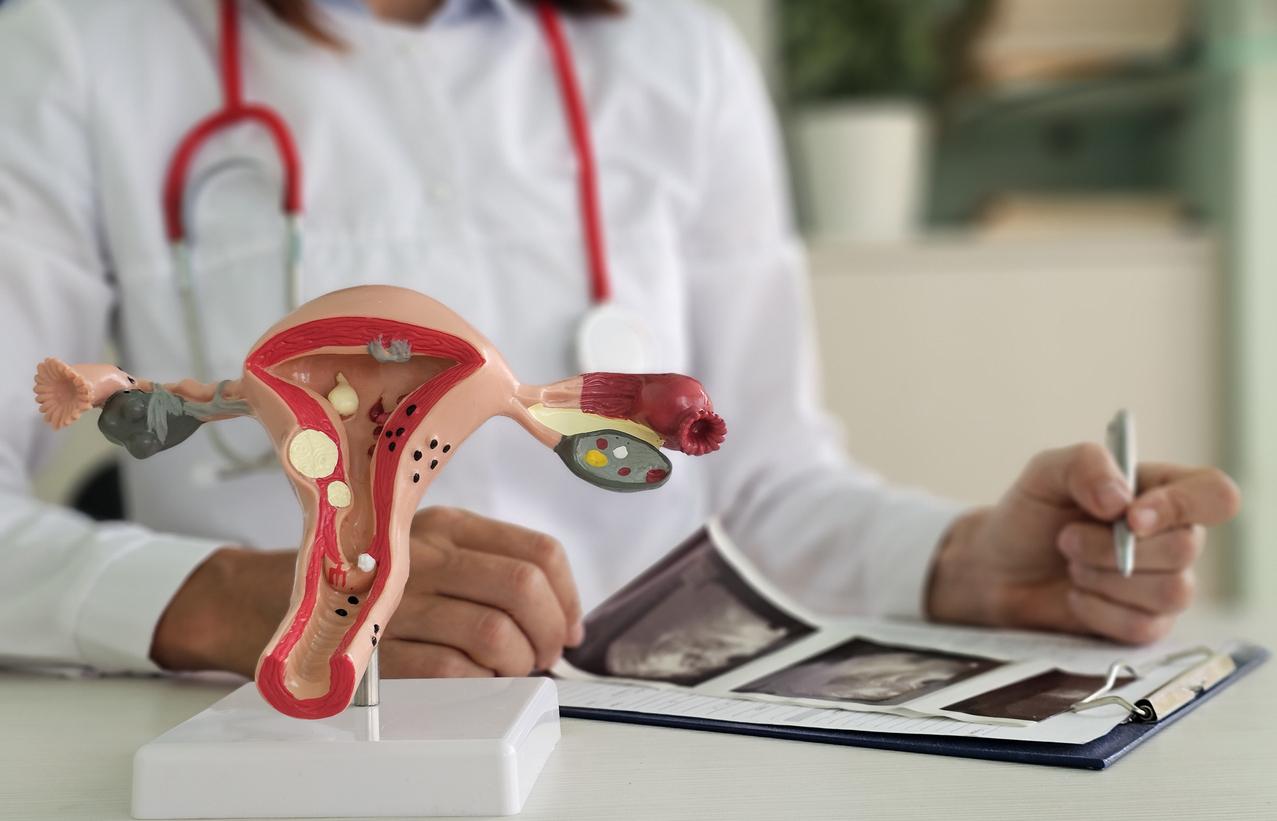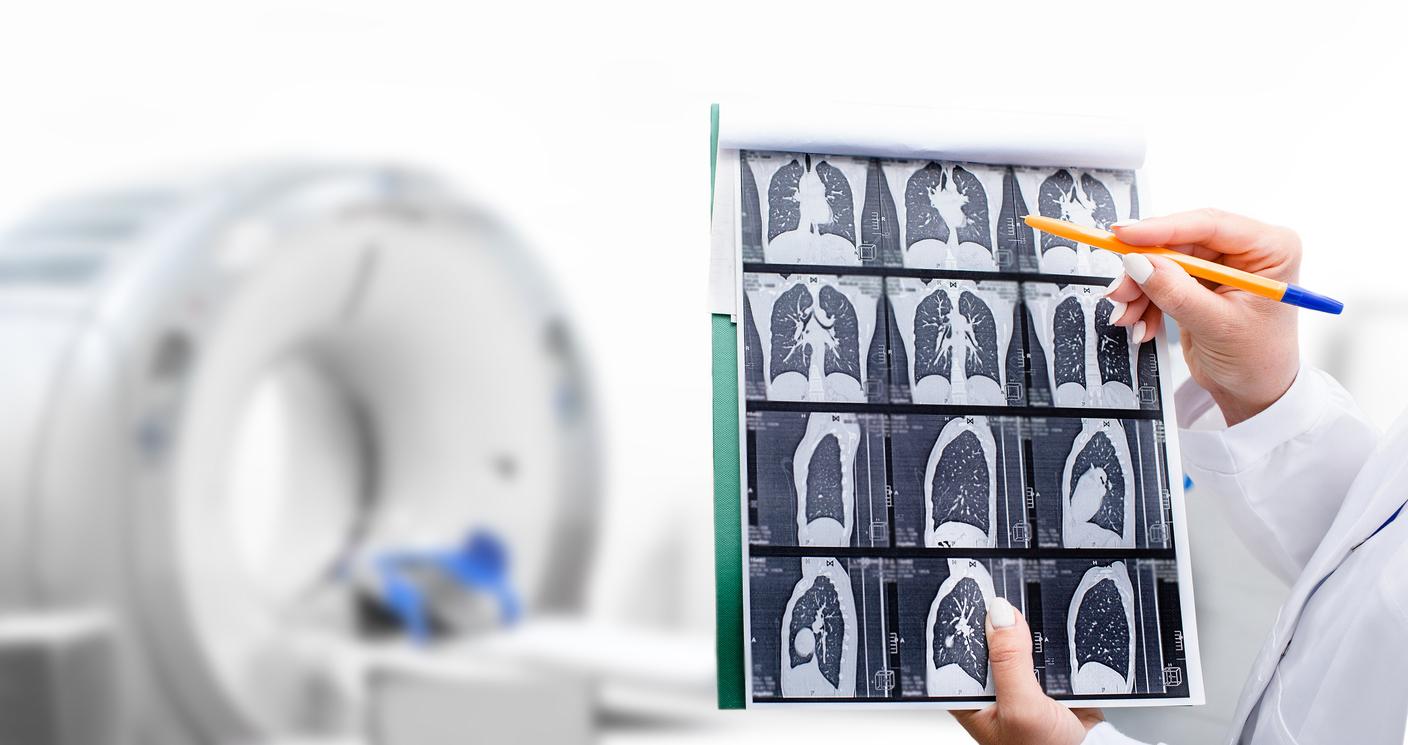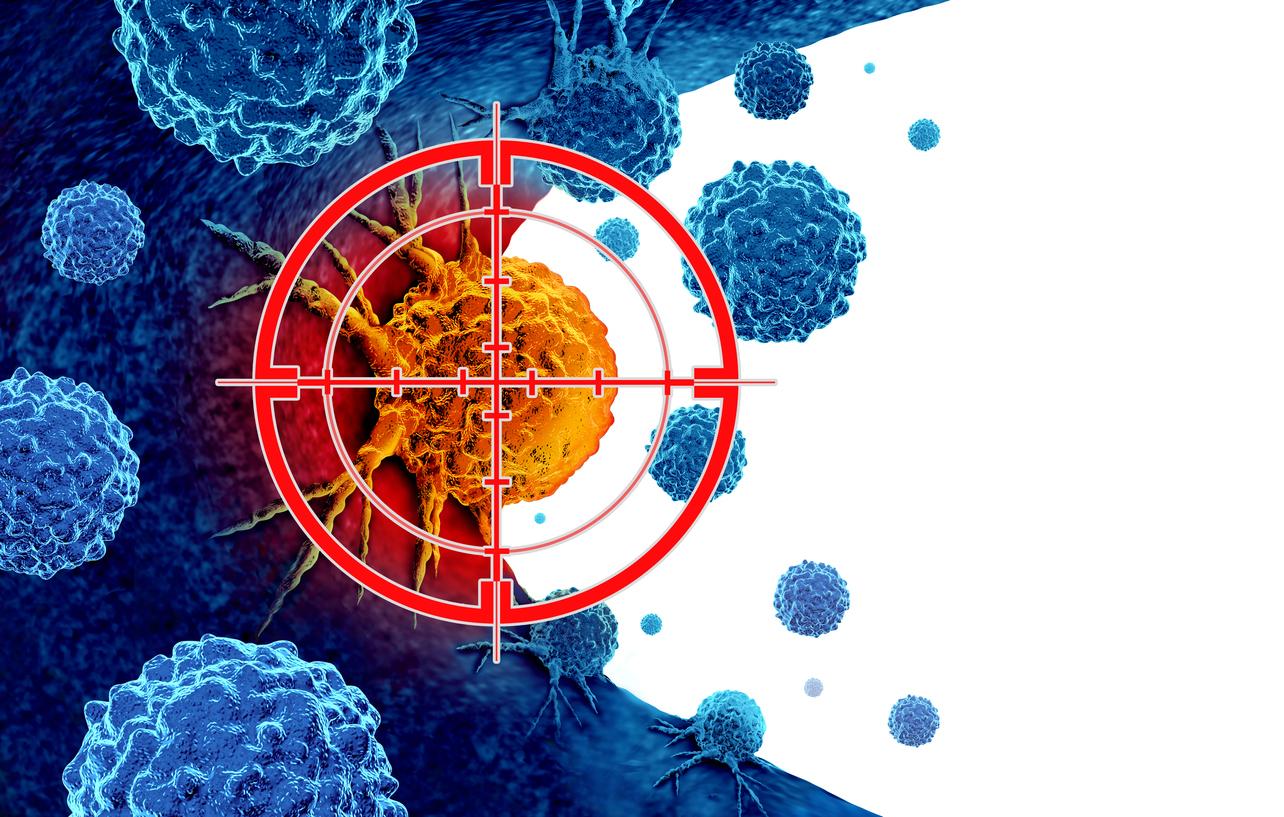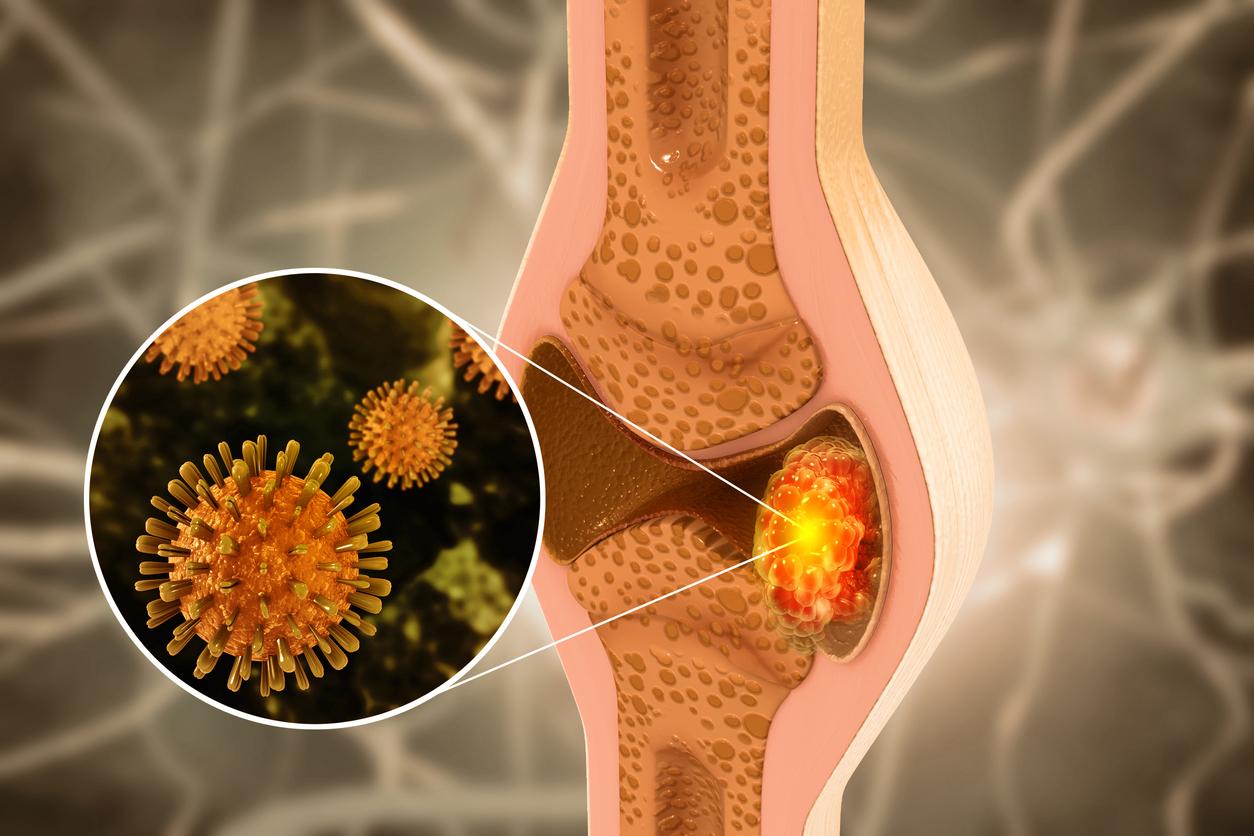A blood test to limit amniocentesis? The Haute Autorité de Santé is increasingly considering the possibility of making greater use of trisomy 21 blood tests to reduce the need for amniocentesis.
Currently, screening for Trisomy 21 consists of measuring the thickness by ultrasound of the nuchal translucency of the fetus (at the level of the nape of the fetus) in the first trimester of pregnancy. This examination makes it possible to determine the risk of trisomy 21. If the risk rate is greater than or equal to 1/250, it can be followed by a confirmatory diagnosis based on the analysis of the fetal karyotype (punctuation of amniotic fluid). This analysis of the fetal chromosomes is carried out by means of a amniocentesis or a choriocentesis, two invasive and heavy examinations for the pregnant woman, which expose her more to the risk of miscarriage.
A detection rate of over 99%
The new non-invasive prenatal screening tests (also called NIPT tests for fetal trisomy 21) consist of analyzing free fetal DNA and in particular the overrepresentation of chromosome 21 in order to assess the risk for the fetus of developing the disease. The strength of these blood tests lies in their high performance: “the trisomy 21 detection rate by the NIPT is greater than 99% and the false positive rate less than 1% in the group of women identified as at risk“, explains the HAS in a press release.
These performances justify the need for HAS experts to examine the possibility of “update the current trisomy 21 screening methods“, points out the press release. A task that the HAS will now tackle with the help of health professionals.
>> To read also: Where is trisomy screening?
Trisomy 21: a promising new treatment









